The Essentials
Everything you need to know in one place: Welcome to the world of aromatherapy

4 min read / 9 December 2025 / Yasmin Sharp
Last-Minute Christmas Gifts: Quick Essential Oil DIY Projects
A festive guide to creating thoughtful, sustainable Christmas gifts at home using simple essential oil DIY recipes.
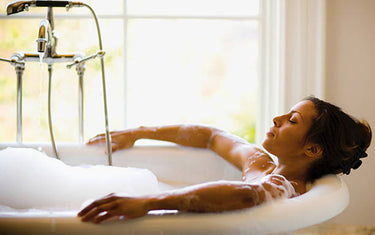
7 min read / 16 April 2025 / yasmin sharp
How to Make Bubble Bath
Learn how to create your own natural, chemical-free bubble bath at home using simple ingredients like castile soap and essential oils for a relaxing and skin-friendly bathing experience.
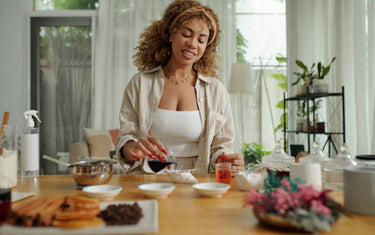
5 min read / 9 April 2025 / yasmin sharp
How to Colour Candles with Natural Dyes
Learn how to create candles using natural dyes from herbs, spices, flowers, and fruits for beautiful, sustainable home decor.
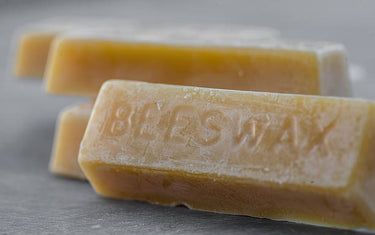
6 min read / 10 March 2025 / yasmin sharp
How to Make Beeswax Soap
Learn how to make natural beeswax soap at home with step-by-step recipes and discover the skin-nourishing benefits of this natural ingredient.
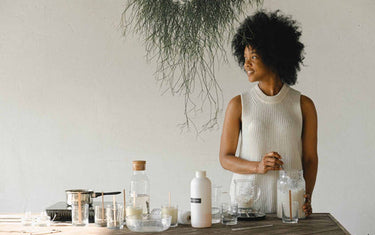
7 min read / 29 January 2025 / yasmin sharp
Eco Friendly Candle Making
Learn how to make sustainable candles using natural waxes, wicks, and essential oils for an eco-friendly alternative to traditional candle making.
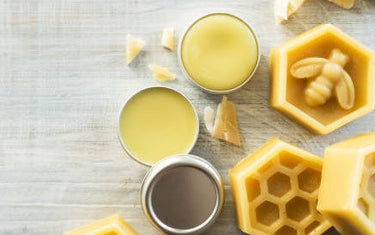
7 min read / 22 January 2025 / yasmin sharp
How to Make Homemade Beeswax Lip Balm
Learn how to make natural beeswax lip balm at home with simple ingredients for moisturised, protected lips year-round.
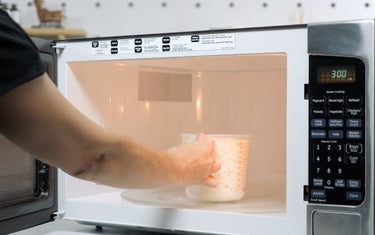
5 min read / 19 September 2024 / yasmin sharp
Making Soy Candles with a Microwave
Learn how to make eco-friendly soy candles at home using a microwave with this simple, step-by-step guide.

5 min read / 10 September 2024 / yasmin sharp
Pet Safe Spider Repellent Essential Oils
Learn how to safely use essential oils as spider repellents without harming your pets.
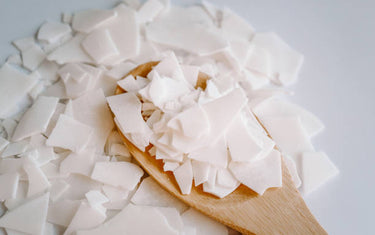
4 min read / 3 September 2024 / yasmin sharp
Benefits of Buying Candle Wax in Bulk
Discover the benefits of buying candle wax in bulk for your candle-making business, from cost savings to maintaining quality and variety.
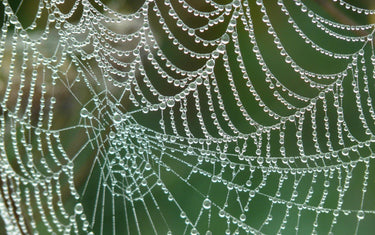
5 min read / 20 August 2024 / yasmin sharp
Natural Ways to Keep Spiders Away
Discover natural and eco-friendly methods to keep spiders out of your home without harming them.
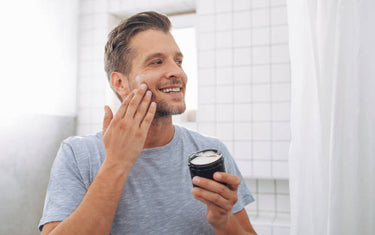
5 min read / 16 July 2024 / yasmin sharp
How to Make Beard Balm
Learn how to make beard balm at home with our easy, step-by-step guide to keep your beard healthy and well-groomed.
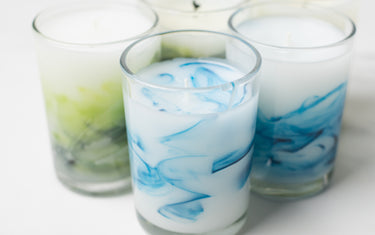
4 min read / 11 June 2024 / yasmin sharp
How To Make Marble Candles
Learn how to create stunning marble candles with our simple techniques, adding unique designs and vibrant colours to your home decor.
